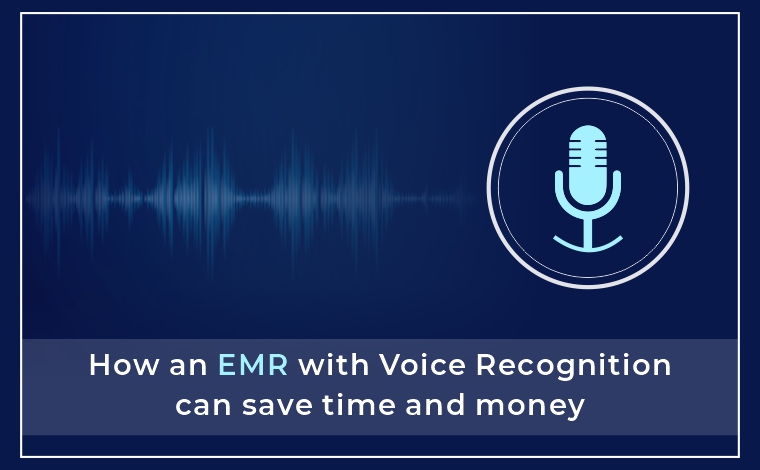
For those that started their careers before Electronic Medical Records (EMR) systems existed, the utilization of voice recognition may come more accessible to them because they need already been dictating for years. Dictation may be a tried and true practice. The problem is that dictation within the traditional sense requires transcription, which is incredibly costly, delays essential updates to medical records, and more critically. In addition, they bear a significant risk of errors that either raise a time-consuming process of proofreading and remediation or, worse, go on unnoticed and cause other issues.
Bottom line, dictation could appear fast and efficient to physicians, but the requisite transcription can prove detrimental, both financially and clinically. Voice recognition technology replaces conventional dictation across a spread of healthcare information systems, Electronic Medical Records (EMR) included. Voice recognition technology is undoubtedly ready to eliminate transcription costs. The tongue processing (NLP) characteristics of voice recognition technology allow spoken words to be parsed into discrete data fields, not just free text blocks.
Voice recognition is made to be highly intuitive if an Electronic Medical Records (EMR) system is programmed to include dynamic, command-based responses. Voice recognition feature in your Electronic Medical Records (EMR) software may be a powerful tool that helps to boost communication and ease the physician’s stress while charting. Patients desire that their doctor listens to them. Still, when healthcare providers specialize in computer monitors while manually typing notes, this misses out on critical non-verbal signals and patient expressions. This hampers the experience and frustrates the patient because the doctor isn’t wholly concentrating on the patient.
The voice recognition feature allows doctors to take detailed notes while specializing in the patient, which helps to reinforce the patient experience and, therefore, the charting process. In addition, voice recognition technology is now trading with conventional dictation within the healthcare sector, which helps cut back transcription costs and errors. If the Electronic Medical Records (EMR) code is meant in an exceeding thanks to incorporate command-based responses, then the voice recognition tool may be intuitive.
If an Electronic Medical Records (EMR) system is supposed to function with voice recognition technology, physicians shouldn’t speak in complete sentences or provide comprehensive end-to-end narratives. An Electronic Medical Records (EMR) system can, and should, be provisioned to exercise dynamic, command-based responses per specific styles of procedures, techniques, symptoms, care plans, etc.
Your Electronic Medical Records (EMR) software vendor must offer robust voice recognition functionality, which may benefit your practice by supporting quick and efficient charting and reduce overall costs. Integrated speech recognition technology can help make practices productive and also realize savings. Doctors enjoy the speech recognition feature for its convenience, speed helping them simplify the charting process with maximum accuracy.
Trained voice recognition also helps overcome many problems surrounding general dissatisfaction with Electronic Medical Records (EMR) systems. Within the absence of voice recognition, physicians usually encounter a lengthy series of screens, tabs, checkboxes, radio buttons, form fields and pick lists, exhausting 5 to 12 minutes, quite 100 mouse clicks and an abundance of manual data entry to provide one exam note. With trained voice recognition and dynamic, command-based responses, one exam note should take but 90 seconds.
